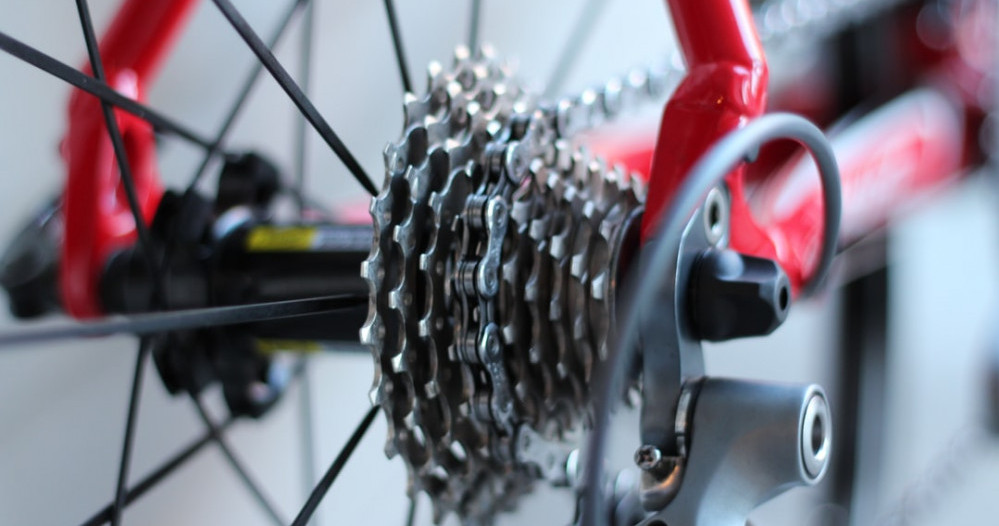Mountain biking is a fun activity even with a simple and cheap mountain bike one can enjoy this adventurous sport. There are many brands available for mountain biking. The cost of a good mountain bike starts from a couple of hundred dollars to more than ten thousand dollars for top-quality bikes. The cost of top quality mountain bike could be equal to a good quality four-wheeler. Nevertheless, nothing comes in the way of an individual when it comes to passion or interest—no price is too high. However, only buying a good bike is not a guarantee that it lasts long or stays in good shape. It is very critical to be aware of Mountain Bike Maintenance 101.
In this blog i.e. Mountain Bike Maintenance 101, I will be discussing some basic MTB DIY (Do It Yourself) tips for a beginner biker. This DIY can also help a professional biker. For long-term sustainability, safety, and performance of the bike, it is recommended to keep maintaining your bike, regularly. The maintenance frequency depends on the usage and the type of biking. Some bikers keep a quick check on the bike for any damage or any irregular performance before the start of their next trip. Sometimes professional bikers have to visit the bike repair shops after every two to three biking adventure trips. But it all depends on personal preference and type of usage.
Mountain Bike Maintenance 101 Easy MTB Hacks for Beginners
I am sharing mountain bike maintenance 101 easy hacks for beginners. These hacks are completely safe and secure but with adult supervision, it can be done easily, so get ready to jump in and learn new things. Check out the best MTB maintenance hacks to improve performance and durability.
1. Check Tire Air Pressure
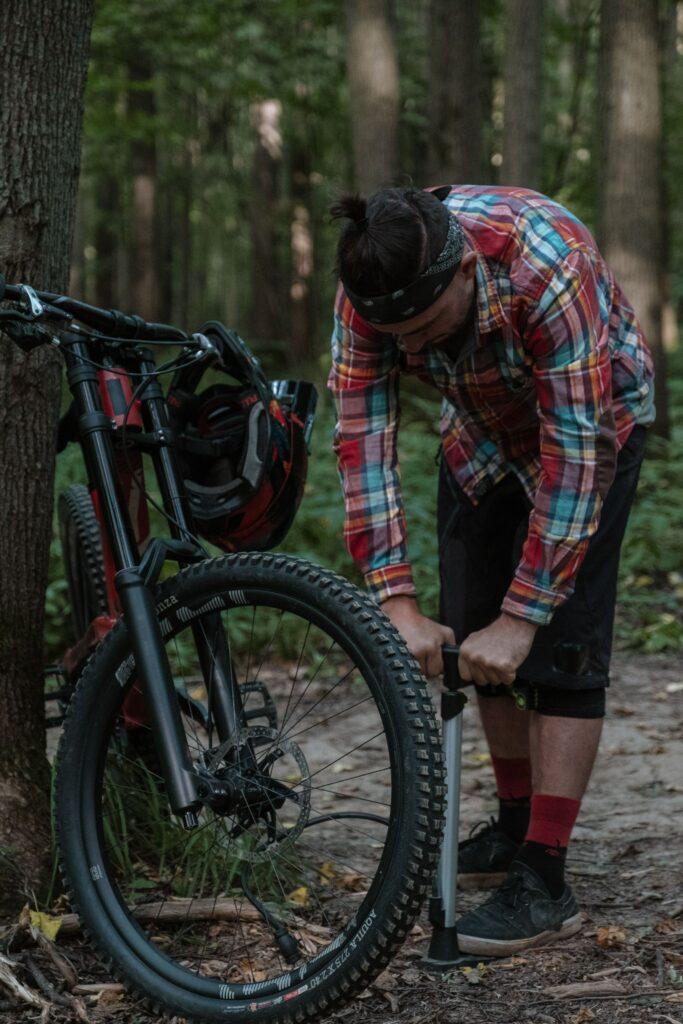
Before you head out for the ride make sure to inflate the tires properly. If the air pressure is not apt then the chances are high that you can have a flat tire situation during the ride. You definitely don’t want that to happen! Every tire has a recommended tire pressure and you can easily find it on the sides of the tire. Inflate the tires accordingly and check for regular tear-off. Usually, the biker carries a pump, gauge, and patch kit in case of a flat/punctured tire. It is also recommended that bikers learn the steps of replacing a flat tire.
2. Check MTB Wheels and Quick Release Skewer
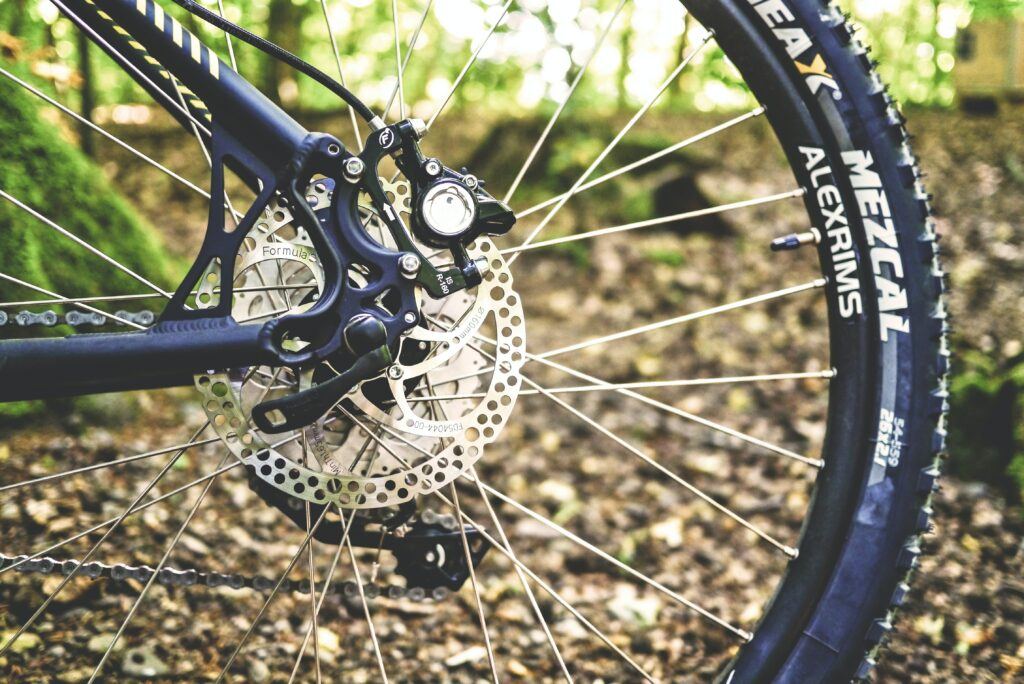
Wheels are an important part of mountain bikes. Proper maintenance can bring long-lasting benefits. So, look for any damage or imbalance of the wheel and if you find any damage or defect then check with a bike repair shop.
Quick-release skewers connect the wheel to the mountain bike. It should be in good shape for the good performance of wheels. If there is any damage to the skewers it will directly affect the wheel and tire performance. So, keep checking skewers as well in your regular inspection.
3. Check the Braking System
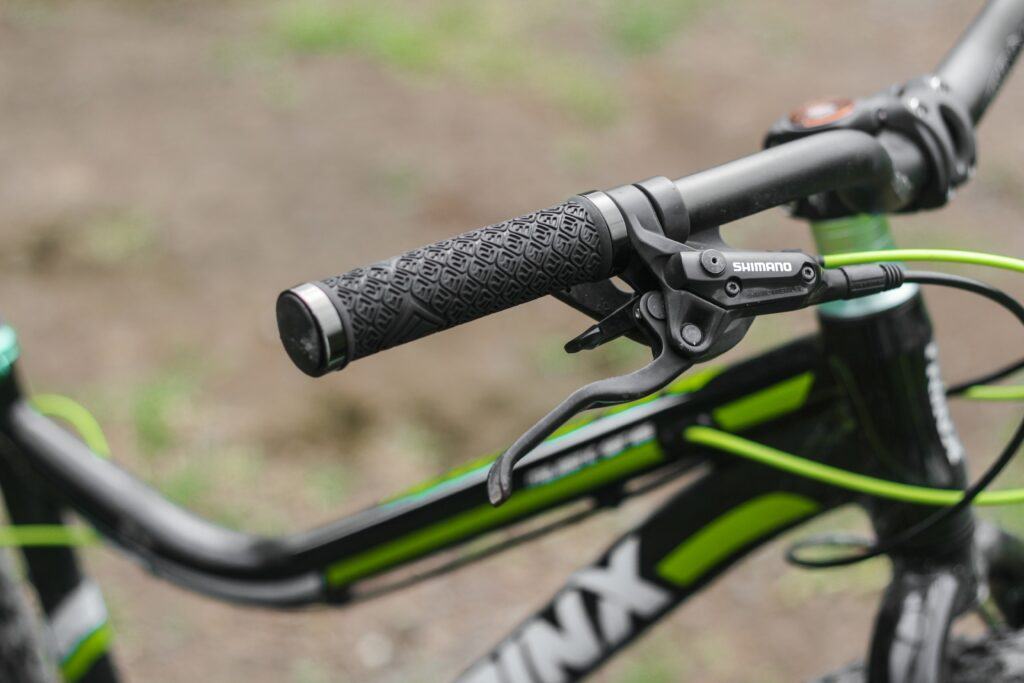
Check your breaks if they are working fine before you start your ride. A good braking system is very important for biking anywhere. If the breaks are not working properly, it can cause a lot of trouble, especially on rough terrains or downhill tracks. Good breaking systems are also required on smooth surfaces to slow down your ride or completely stop. You can take a short test ride around the neighborhood and try to apply the brakes to see if you notice something abnormal. Sometimes, bubbles develop which you can remove by pumping the breaks multiple times. Also, check the brake pad for wear and tear.
4. Check the Mountain Bike Chain
Perfectly maintained chains play an important role in biking activity. Always keep your bike chain clean from dust particles and grease. Usually, it is a regular job of cleaning, degreasing, and lubricating with good-quality oil.
5. Wash and Degrease the Bike
After every few trips, it is recommended to wash the bike thoroughly. Also because of multiple uses different lubricated parts might develop grease because of dirt. So, degreasing all the parts is also very important for good performance. After degreasing, the next step is to lubricate with new oil.
6. Mountain Bike Lubricating Parts
Always keep the important parts of the bike lubricated for smooth functioning. With regular cleaning, lubricating would also be required on different components like pedals, derailleurs, hubs, suspension, etc.
7. Check the Grip on Handle Bar
The handle is the main component of the bike. It needs regular check-ups for grip or tap. The grip on the handle should be tight. If you notice any tear-off on the grip then change them before the ride. Better to change the grip regularly or every season.
8. Check Mountain Bike Gear Shifting
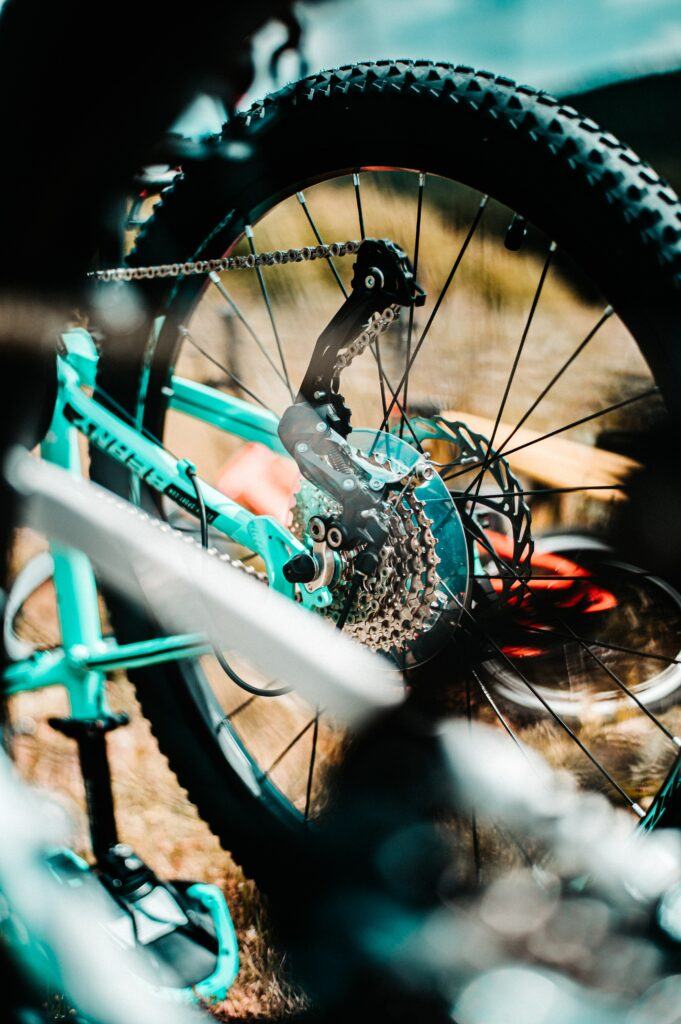
While doing a test ride before the actual ride, check for gear shifting if it is working smoothly. If you feel it’s not working normally then check for the chain. The chain should be running smoothly on the chain ring both front and rear. If any chain connection is skipping the ring then that means it needs cleaning and lubrication. In addition, check the wheel if they are properly installed on the skewers. If the issue is more than that and you are not sure then I would recommend checking with the bike repair shop.
9. Check for any Loose Nuts and Bolts
After a few trips on the bike or a recently installed new component, the chances are that a nut or screw gets loosened. You can check around the bike and tighten up the loose nuts by using a torque wrench. Usually, bike riders use torque wrenches to tighten the nuts and bolts, appropriately. The reason why I am recommending a Torque wrench is that it will eliminate the chance of over-tightening nuts and bolts. Over-tightening might damage the bolt and the component attached to that bolt.
10. Check for the Pedals of the Mountain Bike
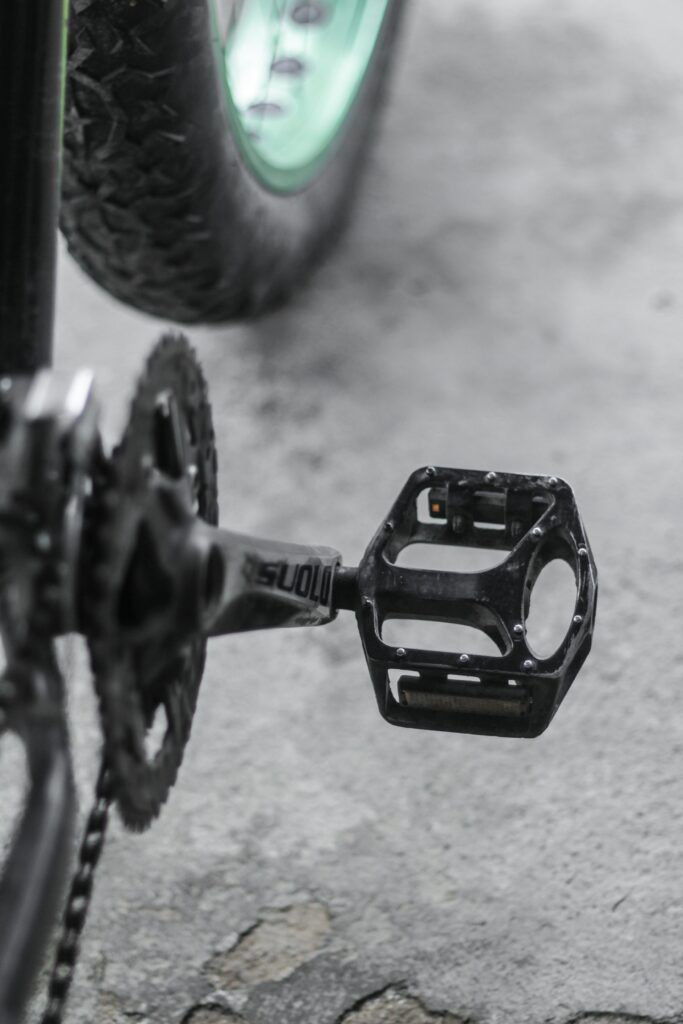
Sometimes bikers might ignore checking the pedals during overall bike inspection, but it is an important component too which should be in good condition.
Flat Pedals: If flat pedals are used multiple times (on rocky or rough surfaces) then the chances are that they got hit multiple times. So, therefore, make sure they are in a good state and have a fine grip.
Clip-less Pedals: If clip-less pedals are used multiple times then they definitely have deposited some dust, and become greasy which makes them hard to move. Cleaning and lubricating them would also be necessary.
11. Check Mountain Bike Suspensions
Check the suspension setting according to your body weight and comfort. Similarly, inspect the suspension seals for any leakage of oil. If there is a leakage, that might be due to any seal that is damaged or any nuts/bolts which are not tightened, correctly. For more details related to suspension, you can click here.
In Conclusion, you have to keep a close eye on maintenance-related factors and try to stop the problem from expanding in the first place. Ignoring small issues can cause big problems/crashes during biking. So, keep your mountain bike fit for any challenge ahead.
For more details on MTB maintenance, check the following guides/books on Amazon and ClickBank available for purchase:
The Bicycling Guide to Complete Bicycle Maintenance & Repair: For Road & Mountain Bikes
Newly Updated! DIY Bike Repair Course – Red Hot Conversions!
Hope you have enjoyed reading this post and can benefit from the details. If you have any questions about mountain bike maintenance and need any more details then let me know in the comments section below. I will be more than happy to help.
If you are searching for a mountain bike for kids then check out our review and suggestions to buy the right Mountain Bikes for Kids & Mountain Biking for Beginners
